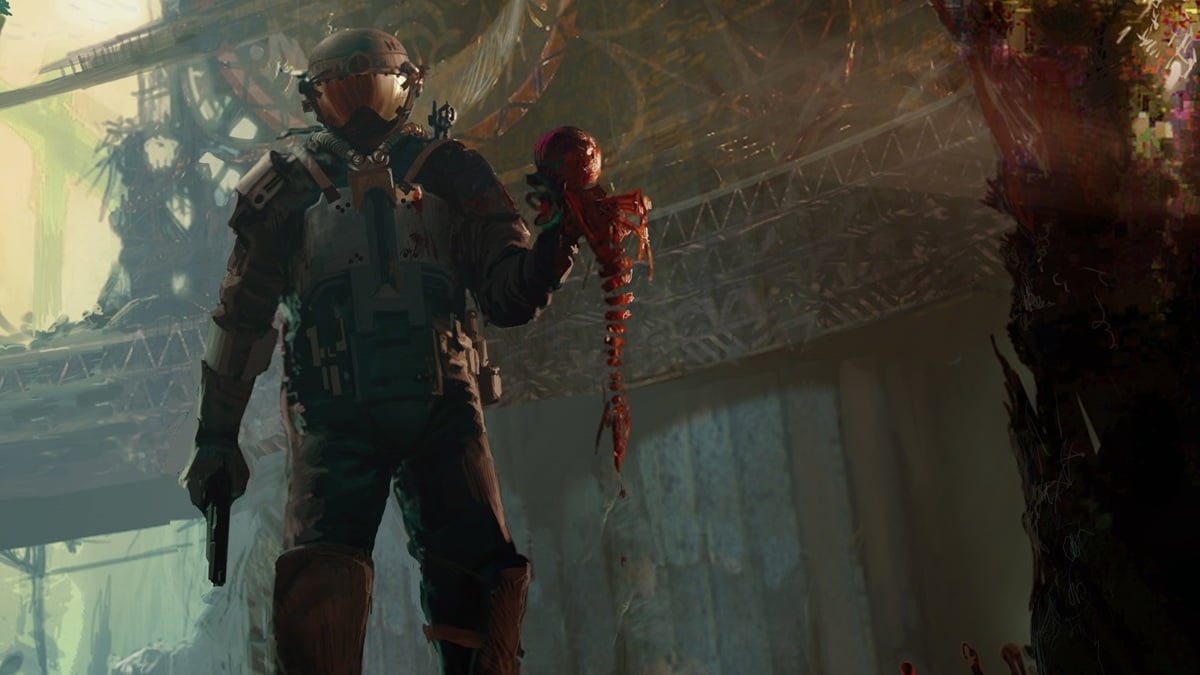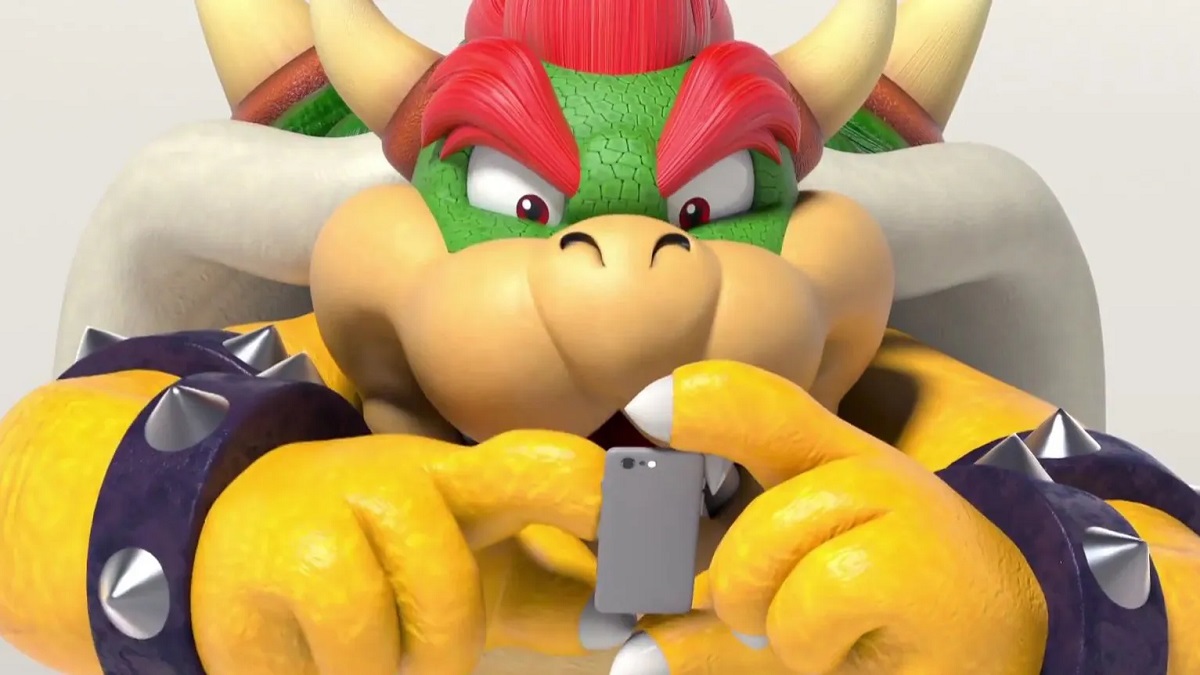The first part in Leigh’s “Building a better RPG” mini-series got me to thinking about storytelling in RPGs. I agreed with some of the points in her article, especially the fact that nowadays, the stories are so filled out and laid before you, that there’s little room for invention and imagination within it. Since I had just gotten done with a session of playing GURPS (it’s a pen and paper RPG, for all those wondering), I got to thinking about the differences between the two, and thus this article was born.
So, for this week, I’ll be taking a look at storytelling in both console and pen and paper RPGs. This’ll look at both older and newer RPGs, and compare them to the various RPG systems. So, prepare for the unabashed nerd-dom that’s lurking beyond the jump.
First off, before things get started, I want to give an e-job to Steve Jackson and the people who work on GURPS. They’ve managed to put together an awesome pen and paper system that’s made me a hardcore fan, and shown how limited D&D and World of Darkness can be. I really do emplore you, if you play pen and paper RPGs, to go give GURPS a shot. Most stores don’t carry them, so you’d just have to pick up Characters and Campaigns from their site or from Amazon.
Now that that’s out of the way, let’s get down to business. One of the really important things about RPGs is the ability to place yourself within the character — if there are too many things built up around the character, then it makes it all the harder to become attached to them. I think that was my problem with Final Fantasy X — I had to discover too much about the character before I could grow to like him. It was like reading a book, where I formed a relationship with the character, but not the right kind.
What is the right kind of relationship? Well, simply, it’s one where you feel like you are the character. I think many games that have you create your own character, or even give you some level of customization at the beginning of the game, will allow you to have a more vested interest in the person. In fact, the more abstract they are, the more attached a person can become. To draw from my Japanator knowledge for a moment:

In the anime Genshiken, Madarame gives a speech to Kasukabe, who complains about her boyfriend having hentai and ero-ge in his room, and how, “It’s porn! But it’s anime! It’s anime and porn!” He draws the above images on the window, and proceeds to explain that even though they’re crude symbols, we can understand what they represent, and can create a full image from these simplistic drawings. So, much like how he explains why people like hentai, the same argument goes for a character in a game. Since you have this abstract representation of a person that you are controlling, and that you have named, you’re more apt to attaching to him.
Now, in comparison to a pen and paper game, you’re making the character from scratch, only bound by the confines of the scenario (and the GM not allowing you to take certain advantages/disadvantages). This doesn’t mean that you’ll automatically take to the character, though. Oddly enough, one character that I created, Dick McVengeance, I didn’t have a great attachment to. What I’ve learned, though, is that the more you know about the setting when making the character, the more developed they can become. So, I think that if designers just give us some level of customization with the character, then it’d create a better sentiment on the player’s end.
Now, I know this can’t be done all the time, but don’t get rid of it completely — at least let us name all our characters, and try to balance out everyone that we can have join our party, so that it’s not like we feel even more of the story is being forced on us, instead of unfolding in front of us.

The social aspect of playing the game also helps. I’m playing a game with my friends, and it allows us to sit and dick around, have fun side-quests, and even torture each other (the GM, especially). Sometimes, the characters evolve themselves in our minds, and become something of epic stories. Even after the game is done, so many in-jokes have risen up that they become regular things of mention. Not only do I feel a great emotional attachment to my friends who I RP with, but also with my characters, as they essentially become an extension of me.
Now, what about time-wise? Leigh mentioned, much to some peoples’ displeasure, that no one wants to play a 60-hour RPG. She’s right, though. I mean, I’d sit there and play it for two weeks, trying to beat the game at a fairly rapid pace. Battles only take minutes, or maybe a half hour, and the plot moves along fairly well. Sure, it feels like forever, but take a quick look at it from a pen and paper perspective. Battles can take several hours (we just went through one that lasted until 2am, when everyone wanted to leave at 12). All of that is stretched out over a long period of time, though. Even if you play every week, it will take several months to complete something that’s the scale of any console RPG.
So, what’s my point in all this? Well, I think that recent RPGs have failed in creating an attachment to the character because of the lack of opportunities to create a vested interest with the character. It’s really become too much like reading a book or watching a movie — all you’re doing is paying money to see someone tell you a story, and you’ve got to press X at the right moments. Meanwhile, pen and paper games allow for immediate emotional attachment. The downside is that you’ll be going through a story for much longer (and there’s guaranteed to be much more filler in the pen and paper games), although that can be a good thing, depending on how you like the scenario.
This isn’t all I have to say on the subject, though. Next week, I’m going to talk about comparing gameplay in both systems, followed by a final piece wrapping everything up and responding to as much of the criticism that I can. I hope you enjoyed and I’ll see you next week!




